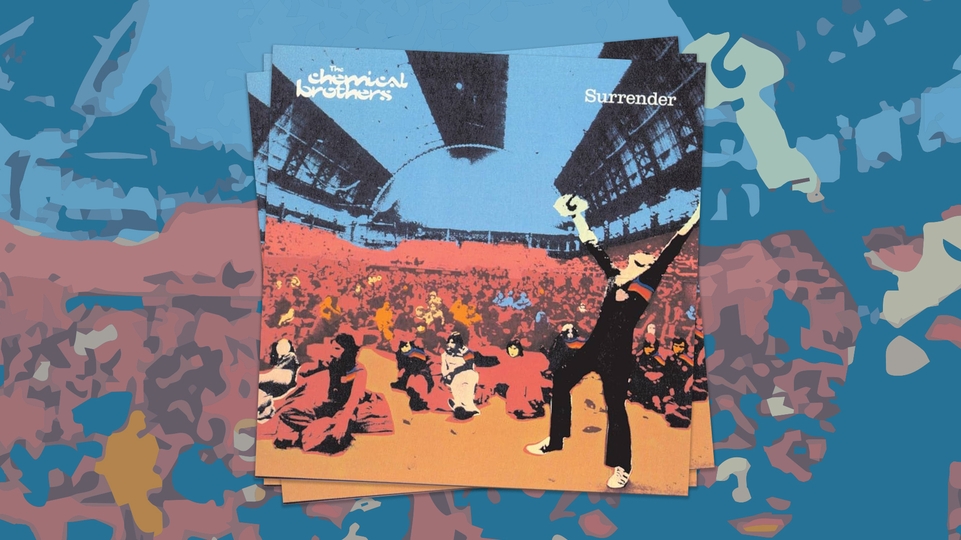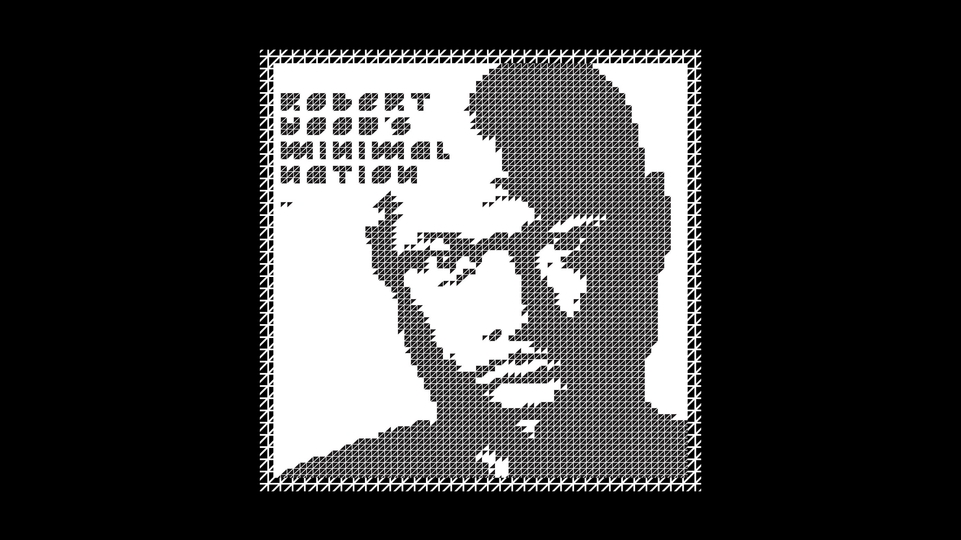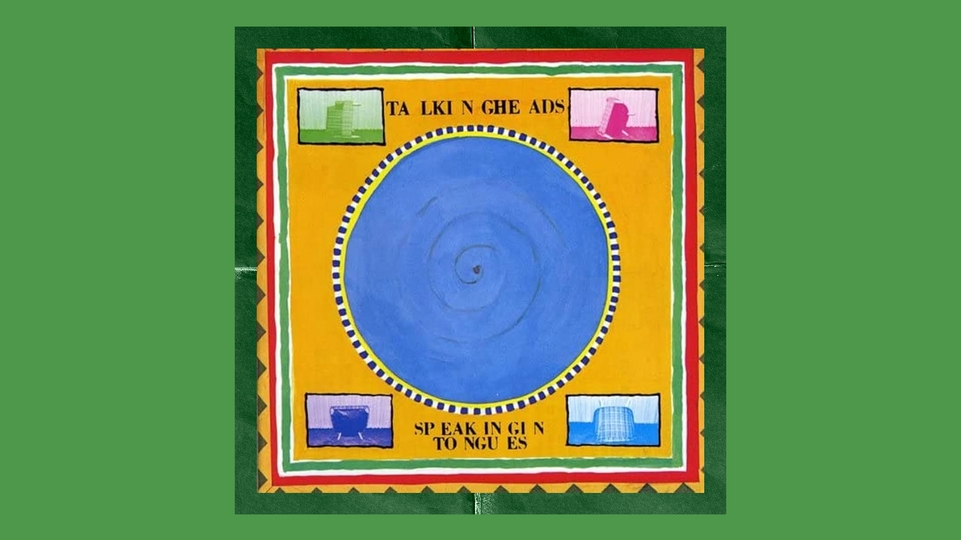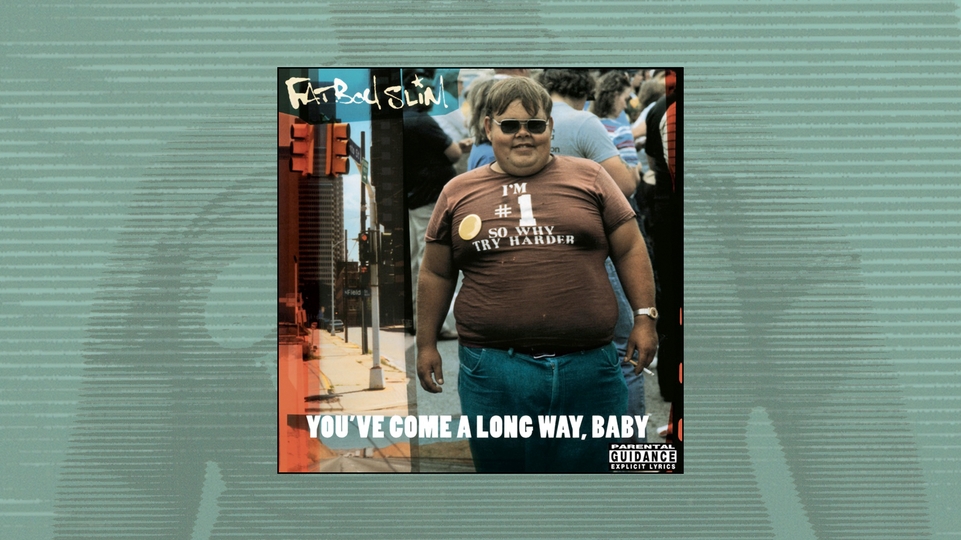
How K-Hand's 'The Art Of Music' demonstrates the late Detroit legend's adventurous musicality
Brimming with intricate synth patterns and serpentine drums, ‘The Art Of Music’ is perhaps K-Hand's most straightforwardly beautiful and coherent recording. Its 10 tracks are minimal in their way, with little more to them than a handful of elements, but each layer is its own miniature work of art, honed to perfection. As part of our Solid Gold series, Ben Cardew remembers a standout album from Kelli Hand, a fiercely independent artist named the First Lady of Detroit by the city’s council
In the hands of some producers, techno can be a horribly solid thing — a leaden, grid-based, efficient excuse for music — with little in the way of soul. But for Kelli Hand, the pioneering Detroit producer who died in 2021, techno was a spongey, squashy, and wonderfully soulful thing, a work of electronic freedom, funk, and art. Hand’s synths warped where others’ plodded; her drums pulsed with a rubbery swing, where others could only thump.
Kelli Hand was not your average producer. Hand (most commonly known as K-Hand) was a woman in a techno business that was still ludicrously dominated by men in the 1990s.
In 2017, Hand was named First Lady of Detroit by the city’s council, and her work undoubtedly helped to open up techno to other Black women, but her relative obscurity during her lifetime (when compared to peers like Jeff Mills and Robert Hood) was almost certainly a reflection of the sexism that has underpinned the electronic music industry. Not that Hand let it bother her: she knew she was good, and if she missed out on some DJ bookings then, as she put it, “My material goes on forever. Bookings don’t.”
And what material it was. Hand released at least 300 tracks during her lifetime, including seven studio albums, recording for labels including Warp, Distance, Radikal Fear, Tresor, and !K7, but primarily for her own Acacia Records. She even turned down Jeff Mills, who wanted to release her debut record (as Etat Solide) on either Underground Resistance or his Axis label. “I wanted to start my own label — see how everything worked and release more records — and having my own label allowed me to do so,” she told Gridface in 2010.
Hand was a remarkably versatile producer, capable of the gnarliest drum attacks (‘This Is A Groove’), the sweetest house rhythms (‘I Just Need’) and the deepest, spaced-out trips (‘Midnight Train’), the joke being that all three tracks came on one record, the 1995 ‘Groove’ EP for Radikal Fear.
To name a few more standouts: ‘Do You Love Me’, an irresistibly catchy house number that slinks and chugs, was an anthem for many in the ’90s; ‘Good Love’, a spacey deep house track that could be the work of prime Mr. Fingers, and really should have topped charts worldwide; and ‘Think About It’, from her debut release as Etat Solide, with its imprudent techno riff that is somewhere between rude, depraved, and downright hilarious. They don’t sound the same, these tracks — but the K-Hand mark was on all of them, from the swing of the drums to the sparkle of inspiration.
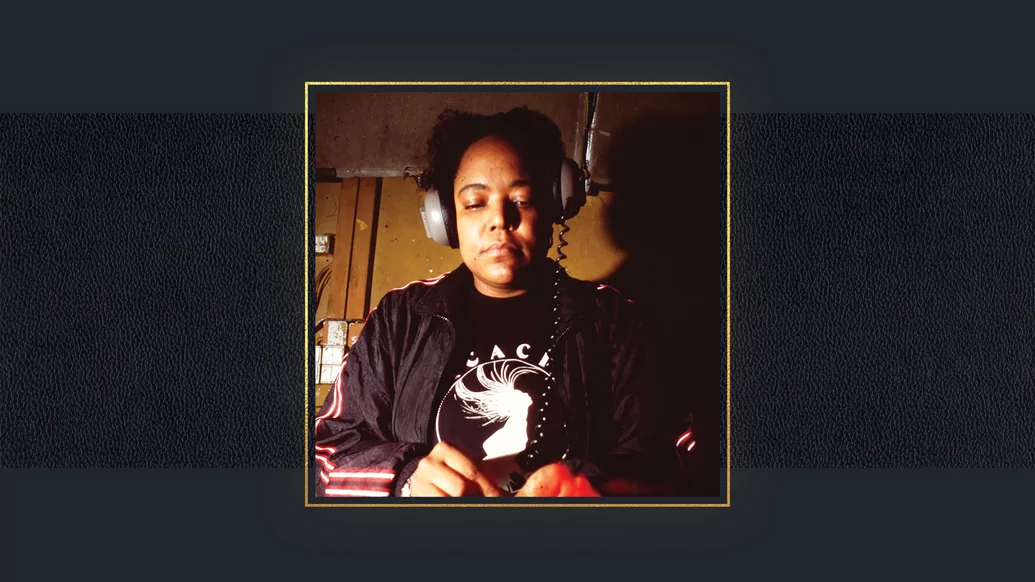
‘The Art Of Music’ is, in many ways, a very simple album. There are no vocals, no house moments, and none of the breakbeats that Hand experimented with on ‘On A Journey’. The sound palette, instead, is one of drum machines, synths, and imagination
“Theo Parrish said the same thing,” Hand said in an interview with Resident Advisor. “He was like, ‘How do you come up with all these different things?’ I’ve also thought about it. How can I come up with one track, and then a totally different one four hours later? It’s gotta be my moods. And which equipment I use, of course.”
One could, perhaps, also link Hand’s eclectic spirit to her earlier experiences of clubbing, when she would travel to New York to attend the Paradise Garage, where legendary DJ Larry Levan would spin, alongside live acts like Grace Jones and Loleatta Holloway.
“I went and bought all the records being played [at the Garage] and continued until I had enough to actually spin at home, learning how to mix and DJ,” Hand told Bandcamp in 2019. “I frequented clubs in Chicago as well, since it’s the sister city to Detroit. I met Frankie Knuckles on Belmont Rocks and Ron Hardy at his own house parties and clubs.” What unites these DJs is not just an exquisite musical taste, it is a sense of adventure, the willingness to do something — anything — different rather than getting stuck in a prison of expectation. This is precisely the same sense of musical adventure that drove K-Hand’s work.
Hand’s vast output makes picking out one record from her catalog a difficult task. The ‘Acacia Classics’ compilations that came out in 2019 and 2020 are excellent summaries of Hand’s huge and varied talent; her debut album, 1995’s ‘On A Journey’ is similarly expansive, as are the jazzy edges on 1997’s ‘Soul’. But the record to keep coming back to is her second album, ‘The Art Of Music’, released by !K7 in 1997. This is perhaps her most straightforwardly beautiful and coherent work, an album that showcases the very best of those intricate synth patterns and serpentine drums — danceable, listenable, and incredibly fresh.
‘The Art Of Music’ is, in many ways, a very simple album. There are no vocals, no house moments, and none of the breakbeats that Hand experimented with on ‘On A Journey’. Nothing here is going to need a radio edit, like ‘Good Love’ did, and there is nothing as flagrantly impish as ‘Think About It’. The sound palette, instead, is one of drum machines, synths, and imagination.
But “simple” doesn’t necessarily mean “simplistic”, as the brilliantly crafted twists and turns of ‘The Art Of Music’ prove. The 10 tracks on this album are minimal in their way, with little more to them than a handful of elements, but each layer is its own miniature work of art, honed to perfection. This really is the art of music, if by “art” we mean the devotion to a creative skill that demands we improve by doing it again and again and again.
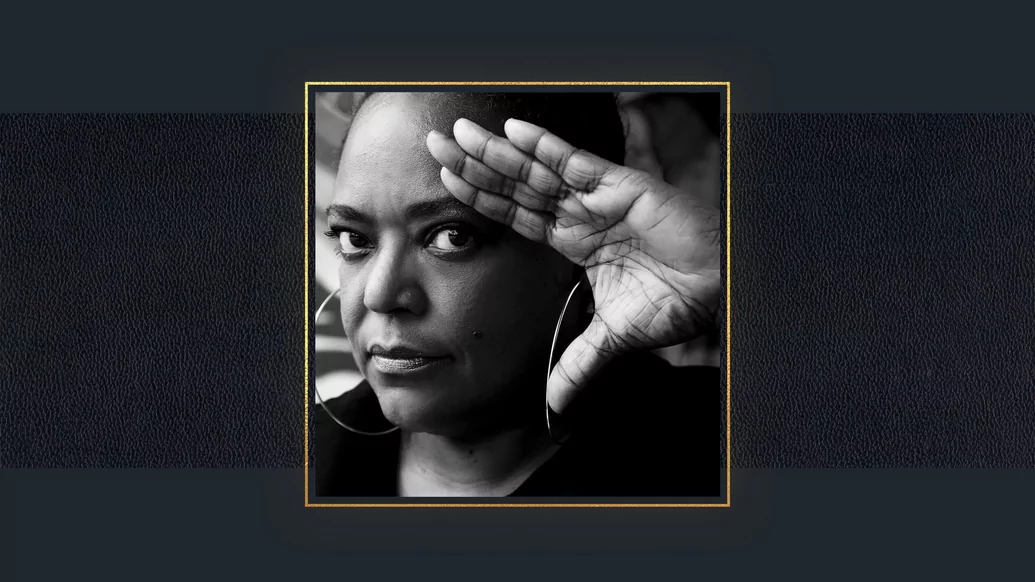
Hand had a fierce reputation in electronic music for the strength of her drums, which grooved with a very lithe and slightly unpredictable funk edge, and this is in evidence throughout ‘The Art Of Music’. Listen to the hi-hats on ‘Census’, which spray all over the mix with the chop of a speedboat on open water, or the swirl of the snare drums on ‘Eternal’, to hear a producer who is ringing every ounce of percussive funk from her drum machines. In ‘Telekinesis’, meanwhile, the synths themselves are played rhythmically, their rippling effect against the track’s hi-hat patterns like a sonic trompe l’oeil for jaded ravers.
Some have compared ‘The Art Of Music’ to broken beat, the then-nascent electronic music genre whose syncopated rhythms lay somewhere between jungle and jazz-funk. A better comparison, perhaps, is with J Dilla, the Detroit producer who revolutionised hip-hop in the ’90s with his lurching, loose, and slightly-behind-the-beat production style. Like Dilla, Hand often used an MPC-3000 sequencer on her tracks, and the drums on ‘The Art Of Music’ sound very much like the off-kilter, slightly woozy sound that Dilla was developing at the time.
Hand’s incredible touch with synths is the other skill on which ‘The Art Of Music’ rests its delicate head. Her initial tunes were made on very simple equipment: mixer, synth, keyboard, Atari, and Roland R-8 drum machine. This soon expanded — “I get crazy with new equipment,” she told Resident Advisor, “like a kid in a candy store” — but Hand always took the time to read the manuals, in a self-taught approach that was very typical of her independent spirit. Doing so, Hand said, enabled her to draw her own sounds out of the equipment. “The key is to pull out a sound that’s genuine and your own,” she explained. “I don’t care about other people’s sound, I just come up with what I think sounds good.”
There are examples of this throughout ‘The Art Of Music’. There’s the distressed alarm-bell bounce on ‘Census’, for instance, and the rotting P-Funk riffs on ‘Flask’, and the aqueous synth and acid swirl at the centre of ‘Noise’. Each sound is both recognisable and oddly obscure, like a Detroit techno record heard through a desert heat haze. In this way, Hand’s music both invites and rejects comparisons to her peers. Her music is reminiscent of second-wave Detroit techno artists like Carl Craig and the proto-IDM found on Warp’s ‘Artificial Intelligence’ compilations — appropriately, perhaps, given that Hand was among the first Detroit artists to record for Warp — but it doesn’t sound much like either.
Like much of K-Hand’s work, ‘The Art Of Music’ did respectably enough on release, without getting quite the attention it deserved. Sexism probably played a part in that, as did the intense competition in Detroit. At the same time, Hand’s fierce independence meant she never really played the music industry game, giving few interviews and rarely DJing, as she strode on to her next sound.
Perhaps if she had played the game, then ‘The Art Of Music’ would enjoy the cult classic status it so clearly deserves. But then if K-Hand had played the game, she wouldn’t have been K-Hand, First Lady of Detroit, drum machines, and rubbery synth magic. The world of electronic music is a much duller place without her.



